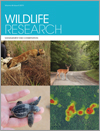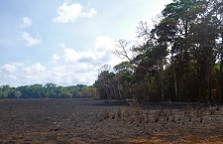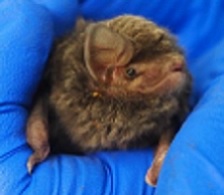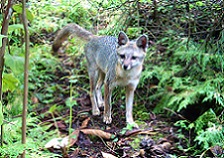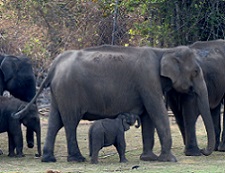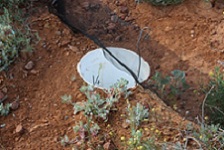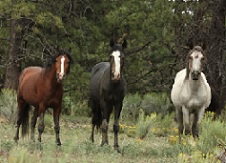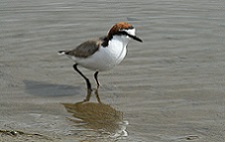WR18122Estimating kangaroo density by aerial survey: a comparison of thermal cameras with human observers

Aerial surveys involving observers counting kangaroos from aircraft, are currently the primary method used by governments and land managers to monitor the distribution and population sizes of kangaroos. In this study we compared the number of kangaroos that could be detected by human observers versus the number detected by using thermal imaging cameras. We found the thermal imaging camera detected nearly twice as many kangaroos in some habitats, meaning that population management decisions may currently be based on inaccurate information. Photograph by Mark Lethbridge.


